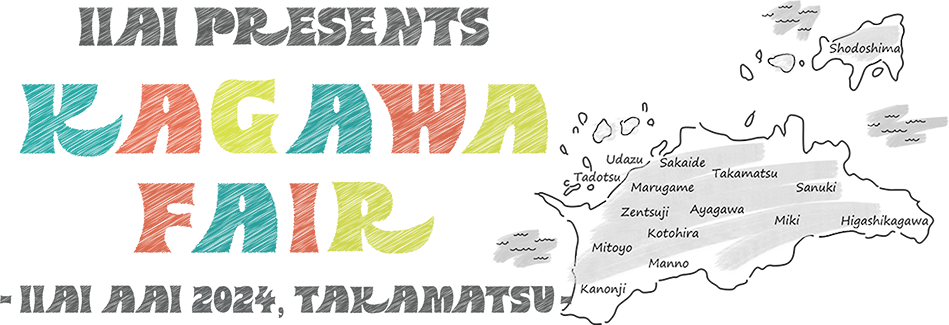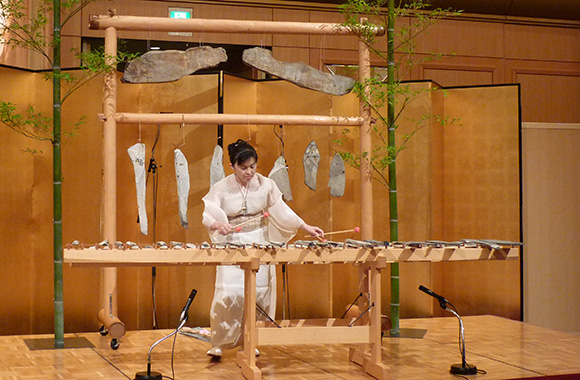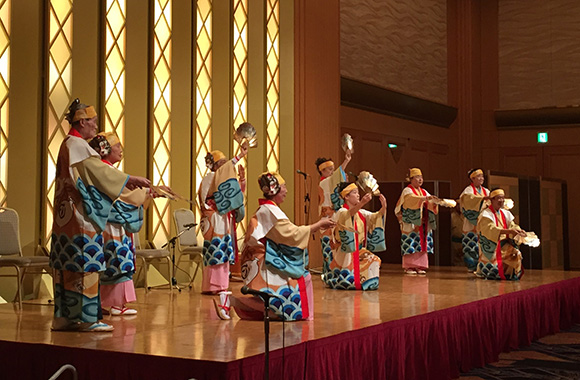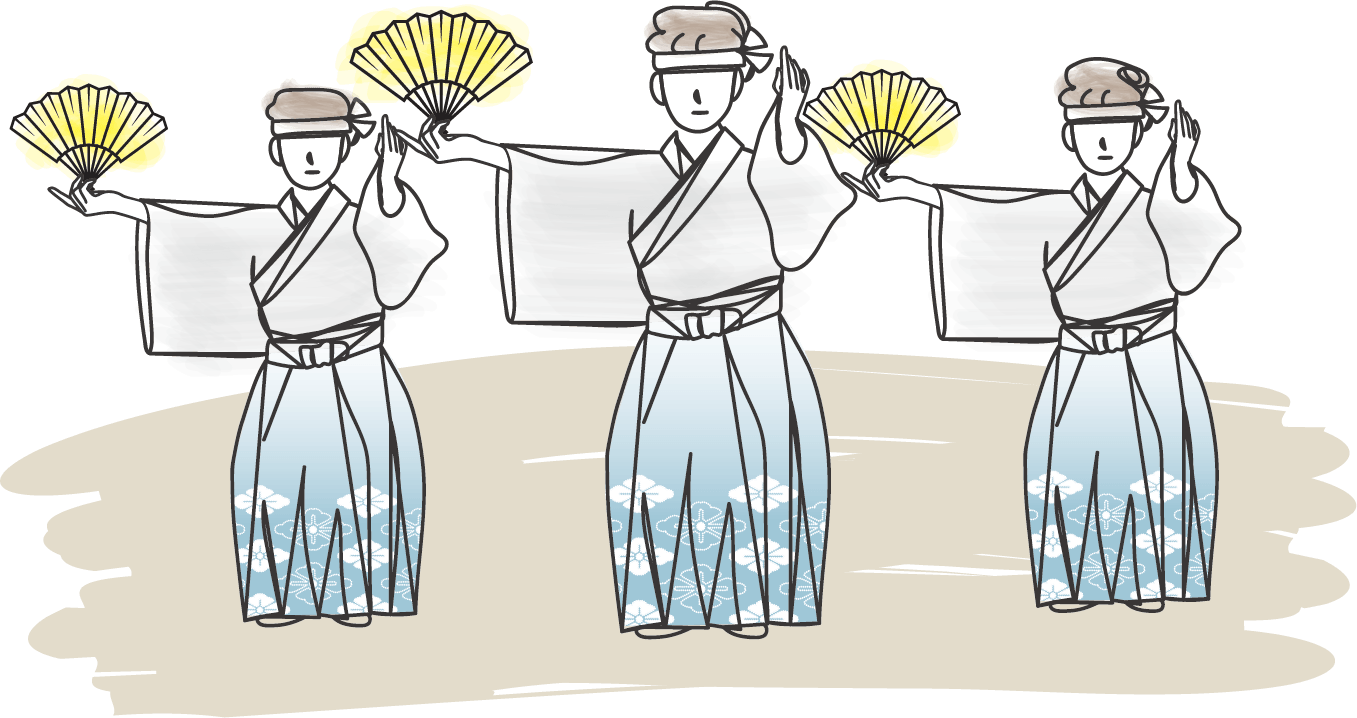A stone that makes a "kern, kern" sound when struck. Sanuki's famous stone "Sanukite", which
has been called "Kan Kan Stone" since ancient times. This black stone (andesite) was formed
about 15 million years ago when lava from a volcano hardened. It was mainly used as a blade
material until the Yayoi period (about 2,000 years ago), when iron was introduced to
Japan.
The name Sanukite was given by the famous German geologist Weinschenk, who visited Kagawa
Prefecture in 1891 to investigate, and widely introduced to the world. ”SANUKI” means old
name of Kagawa prefecture. The best thing about sanukites is their sound. The pleasant sound
that sanukites make has been used in many different places since ancient times, such as a
signal to announce a visit by hanging it at the entrance, reception room or tearoom. Also,
the beautiful sound of the sanukite signaled the beginning of the opening ceremony of the
1964 Tokyo Olympics all over the world.
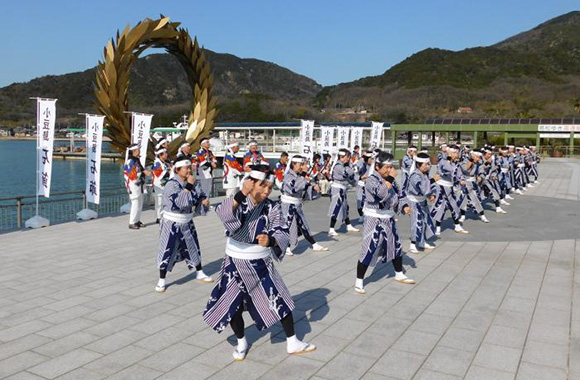
Looking back at the history of Shodoshima Island, we can see that during the Sengogun Period
(1467-1615) in Japan, when Toyotomi Hideyoshi built Osaka Castle, stones for the foundation
of the castle were quarried from Shodoshima Island. Later, when repairing the stonewalls of
the castle that collapsed during the siege of Osaka in 1614 and 1615, the Tokugawa Shogunate
ordered the lords to cut stones from Shodoshima Island, which was their territory, and
transport them to Osaka Castle. The song called "Sekibushi," which is said to be sung during
the quarrying of stones in those days, has survived and is still sung in Shodoshima Island
as the most popular entertainment at celebratory occasions. Therefore, the "Shodoshima
Sekibushi Promotion Association" was established to preserve this festive song "Sekibushi"
for future generations. It is actively working to make this a local performing art unique to
Shodoshima Island, where the culture of stone is deeply rooted, and to make it take root
among a wide range of people of all ages.
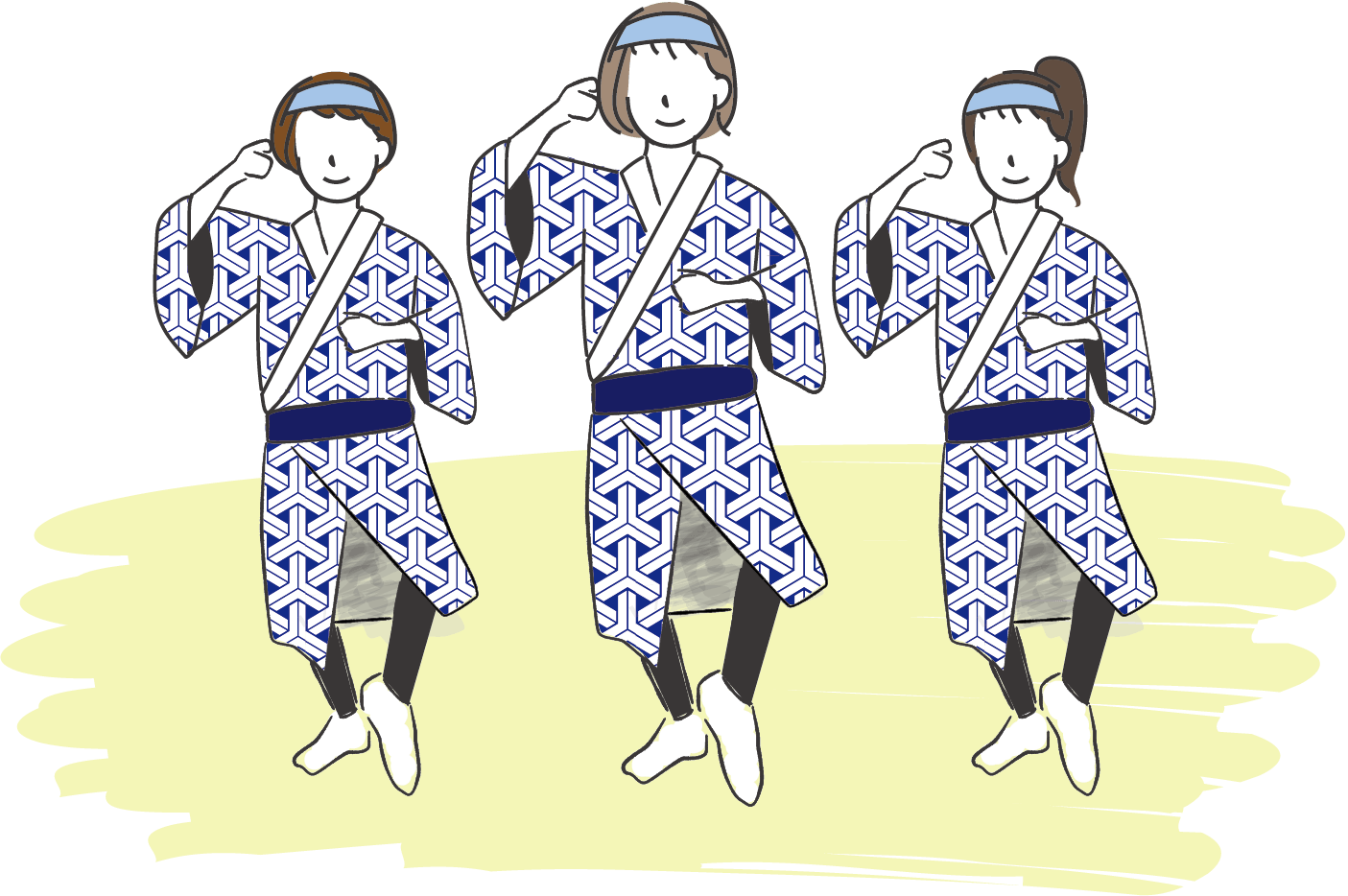
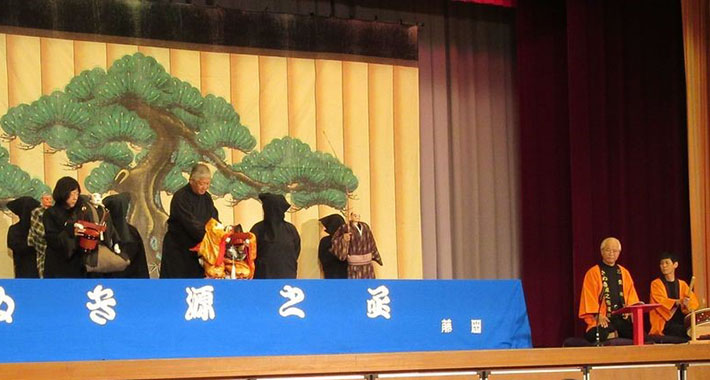
“Sanuki Gennojo" is a form of Ningyo Joruri (Japanese traditional puppet show) founded in
1897 by Gidayu master Miyoshi Tomitaro, who purchased the puppets, and has since been
carefully passed down by a preservation association.This doll head and costumes were
designated as a prefectural tangible folk cultural property in 1962, and are very valuable.
In addition, the tayu, shamisen player, and puppeteer are now able to perform in unison, and
the performance was designated as a prefectural intangible folk cultural asset on March 5,
2004.
The ancestors of the Miyoshi family in the Omi area, Mitoyo city in Kagawa, who were the
founders of the theater, had a family business as a terakoya until the end of the Tokugawa
period, but around the time of the Meiji Restoration, they became masters of the gidayu
shamisen, and further became a gidayu family in the Meiji period. As Miyoshi Gennojo, they
established the Omiza, and since then, they have entertained the general public by preparing
puppets and various props and refining his techniques.
Tasaburo-tanuki, raccoon dog, is enshrined as Minoyama-daimyojin deity at Yashimaji Temple
in Takamatsu. The unique dance featuring a raccoon dog, which is said to be the god of
family happiness, marriage, and water business, as well as bringing children and good luck,
will make anyone who sees it happy.
A team participated in the national tournament of Japan Local Folksong and Dance Foundation
held in November 1965 and became the best in Japan by performing Sanukibayashi racoon dog
dancing. The following year, a preservation association of Sanukibayashi was formed for the
purpose of passing on and promoting local performing arts.
Since then, it has traveled in and out of the prefecture and overseas to perform live Sanuki
folk songs at many events to promote cultural exchange and to nurture the young people who
will create the future.

